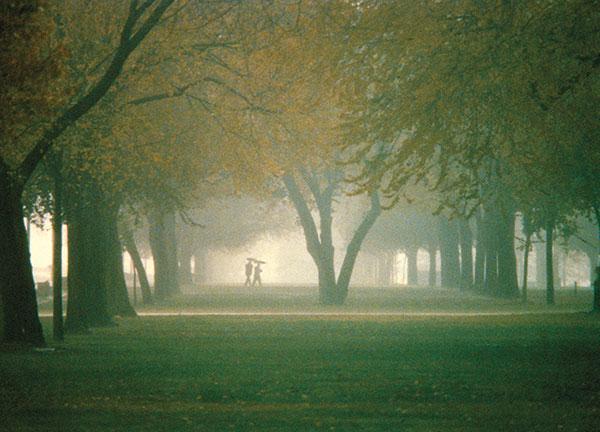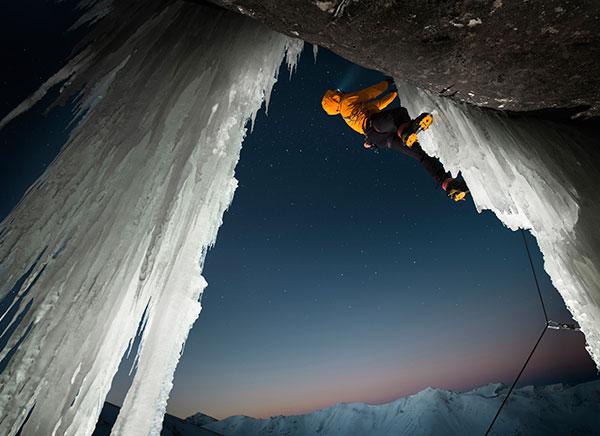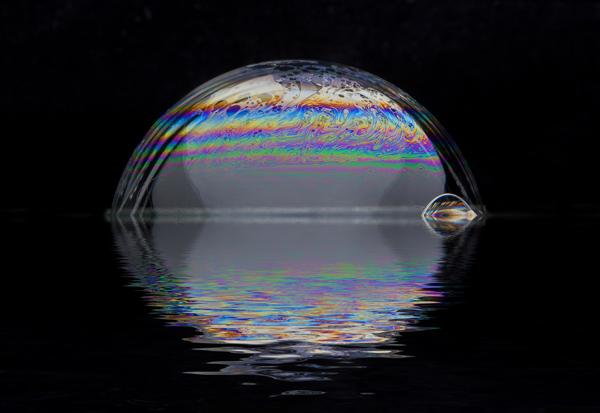Pro Techniques
Sort By: Post Date TitlePublish Date
|
Aug 08, 2014 |
|
Jul 29, 2014 |
First Published: Jun 01, 2014 |
|
Jul 21, 2014 |
|
Jul 21, 2014 |
|
Jul 21, 2014 |
|
Jul 21, 2014 |
|
Jul 08, 2014 |
First Published: Jun 01, 2014 |
|
Jun 27, 2014 |
First Published: May 01, 2014 |
|
Jun 24, 2014 |
First Published: May 01, 2014 |
|
Jun 20, 2014 |
|
Jun 20, 2014 |
|
Jun 20, 2014 |
|
Jun 20, 2014 |
First Published: May 01, 2014 |
|
Jun 20, 2014 |
First Published: May 01, 2014 |
















